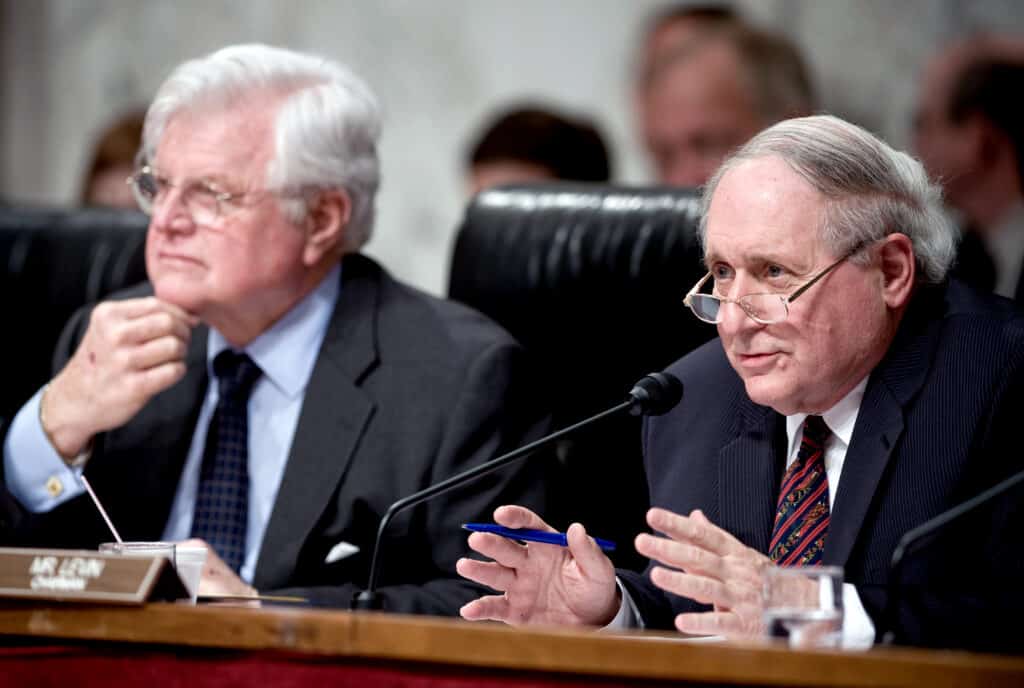What is Oversight?


Oversight is the process by which Congress and the 50 state legislatures tackle problems by digging into the facts and sharing what they learn with the public. Lawmakers use their findings to establish new programs or reform existing ones, reallocate funds, address abuses, and provide checks and balances across government.
The Oversight Process
Step 1: Problem
Lawmakers learn of a concern facing the public. This can be anything from an industry defrauding consumers to citizens unfairly being denied government services.


Step 2: Fact Finding
Legislators work with government agencies and the public to identify exactly what the problem is, why it’s happening, and who is being affected.
Step 3: Hearings, Reports, and Subpoenas
Lawmakers may hold hearings to receive testimony about a problem and publish reports to highlight the findings of their investigations. Legislatures may issue subpoenas to compel individuals to provide documents or appear at a hearing.

Most oversight involves asking questions of agencies and monitoring program performance, rather than in-depth investigations.

Step 4: Next Steps
Based on its findings, the legislature may pass legislation or take other measures to solve the problem.
Step 5: Outcomes
Oversight is never over. New laws or other actions to solve a problem should have clearly stated goals against which the legislature can judge progress.



